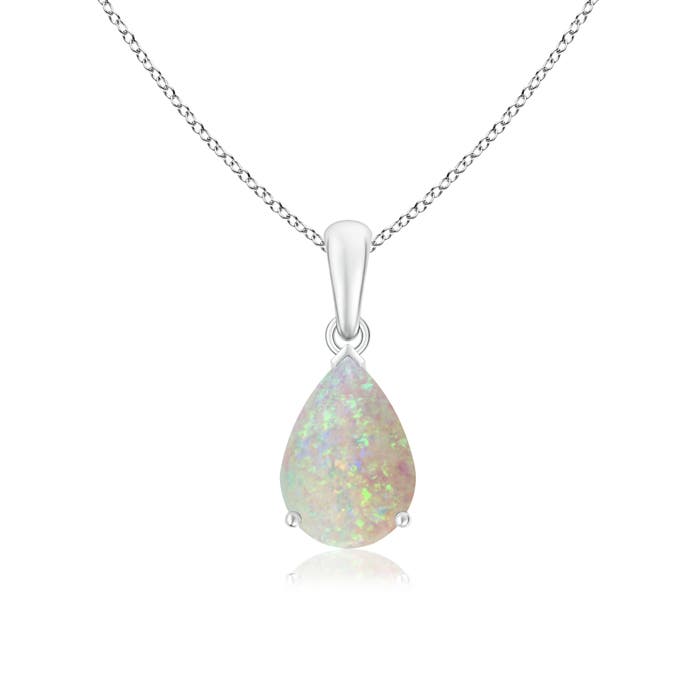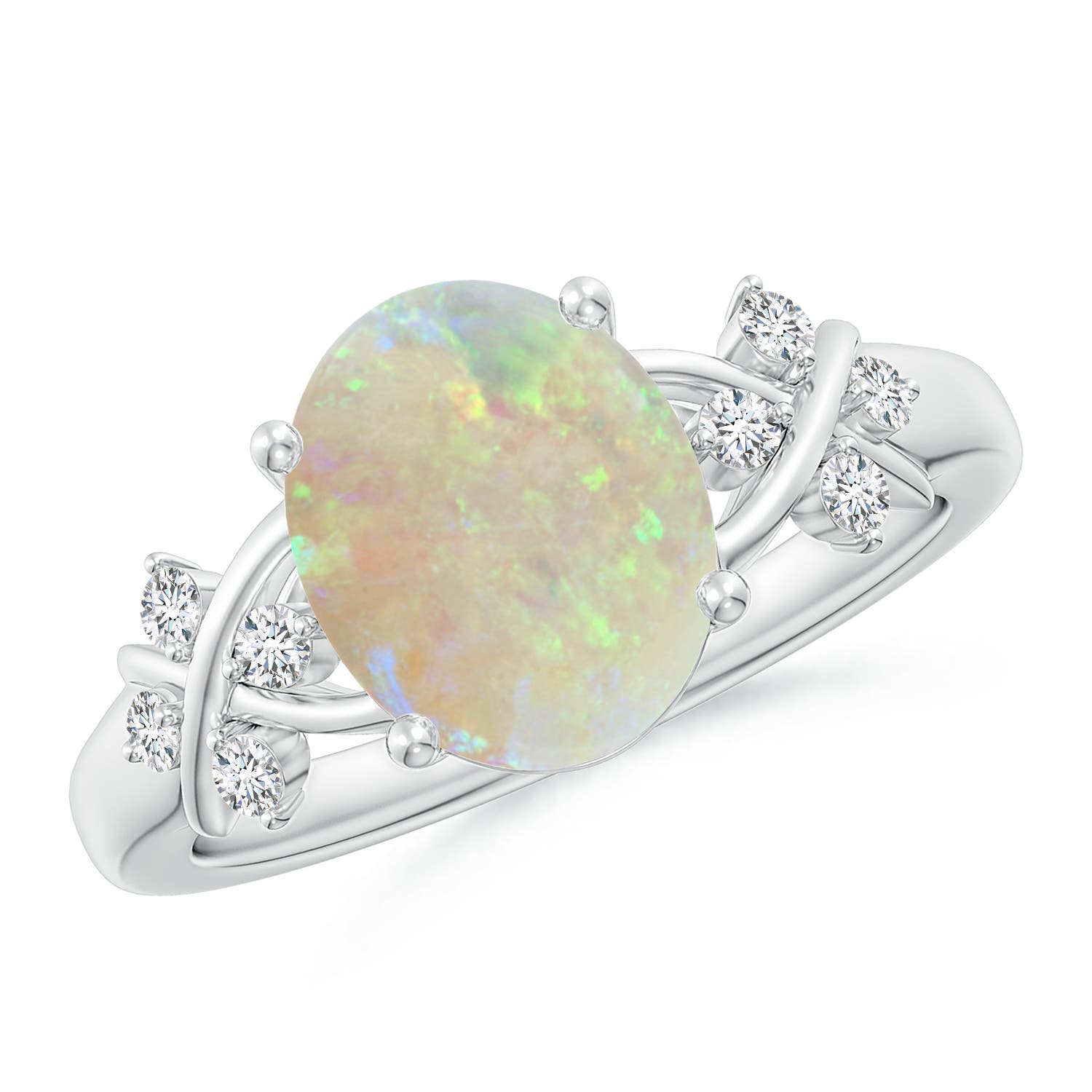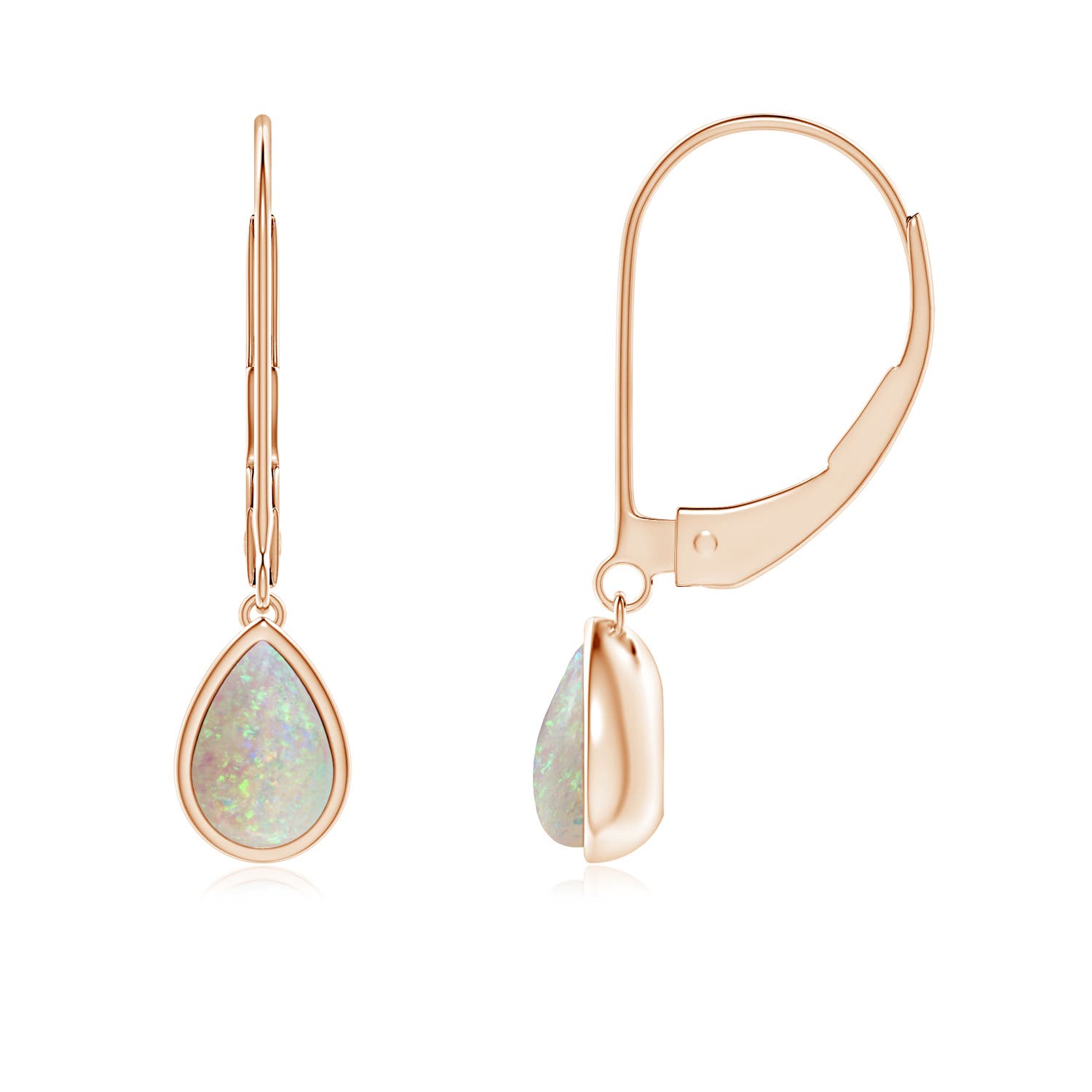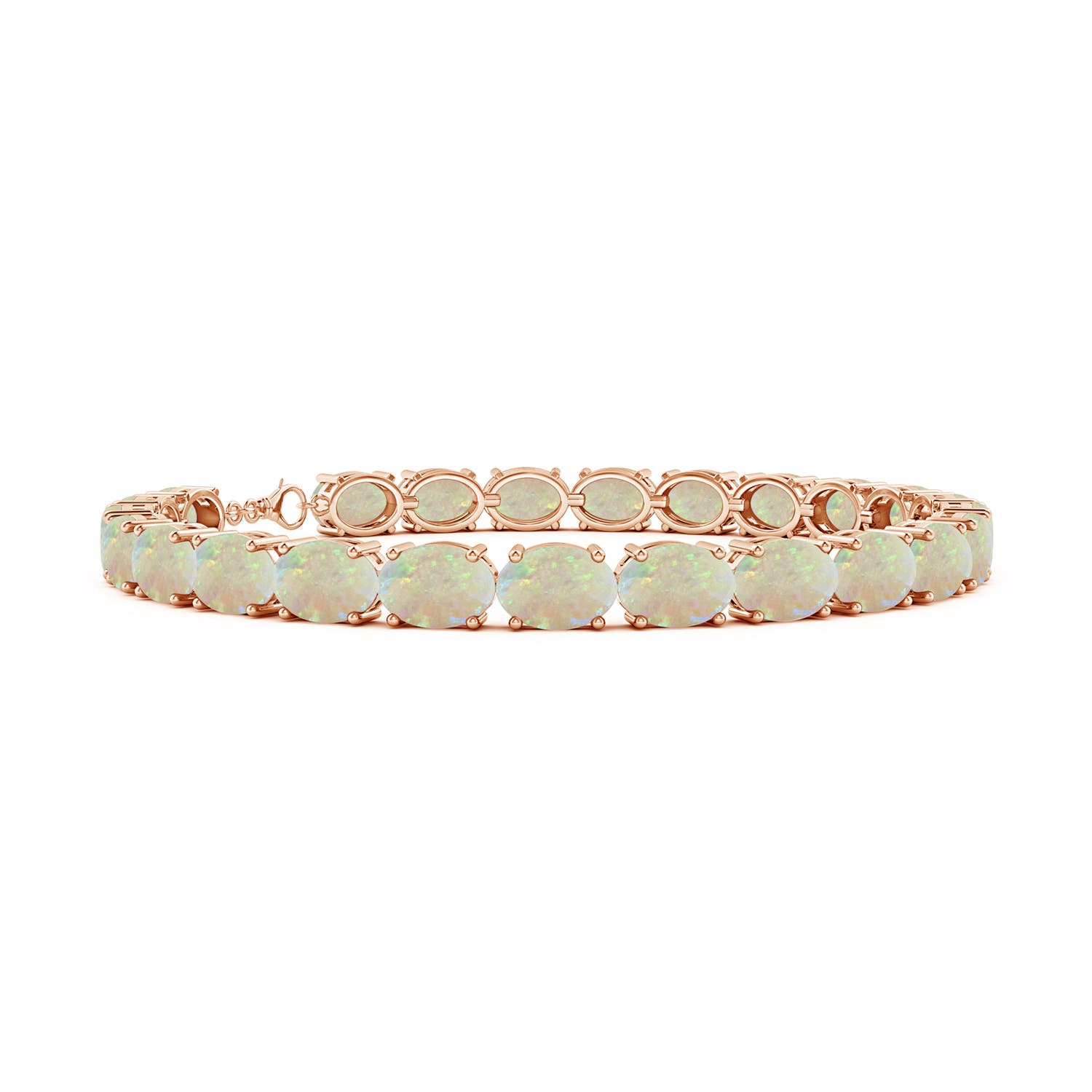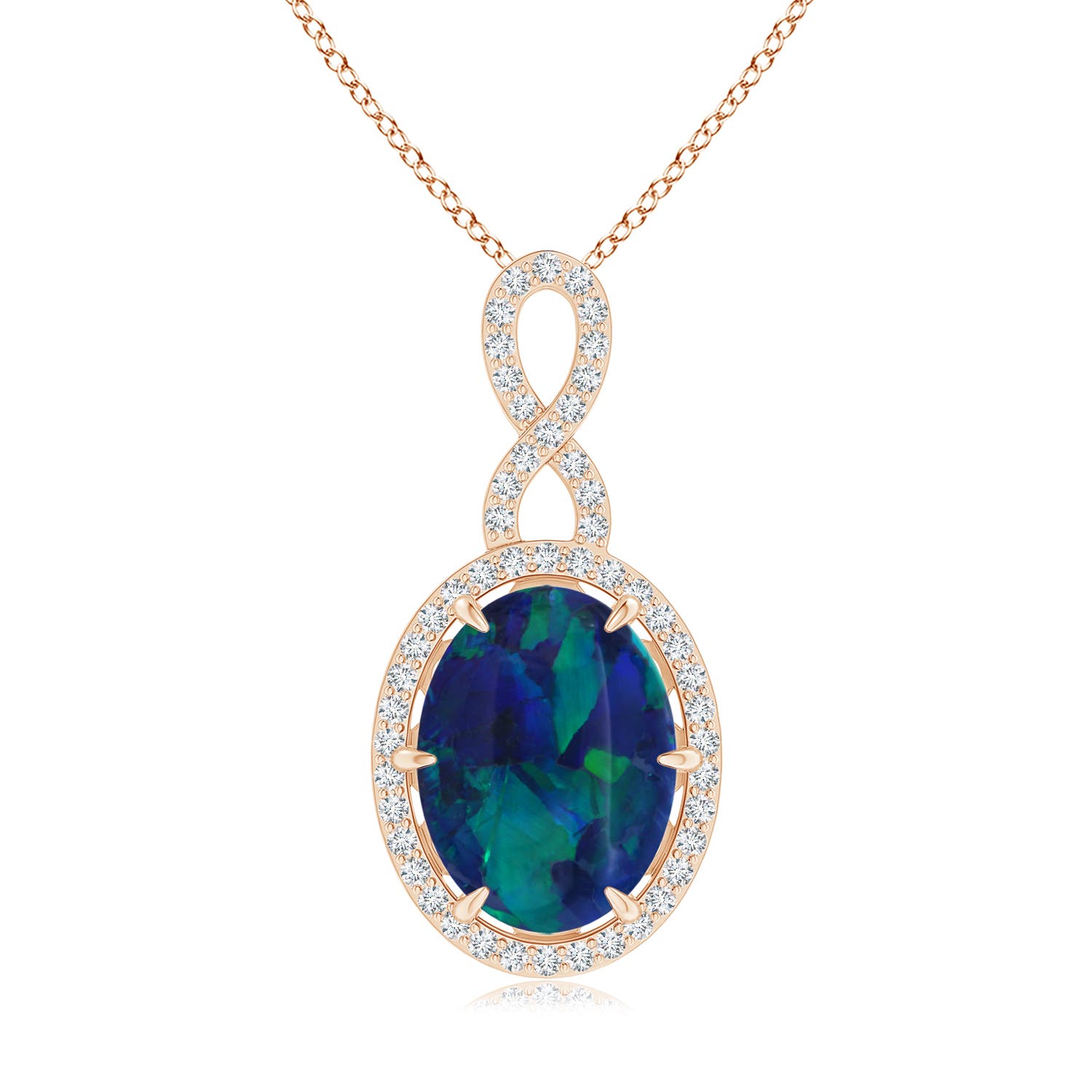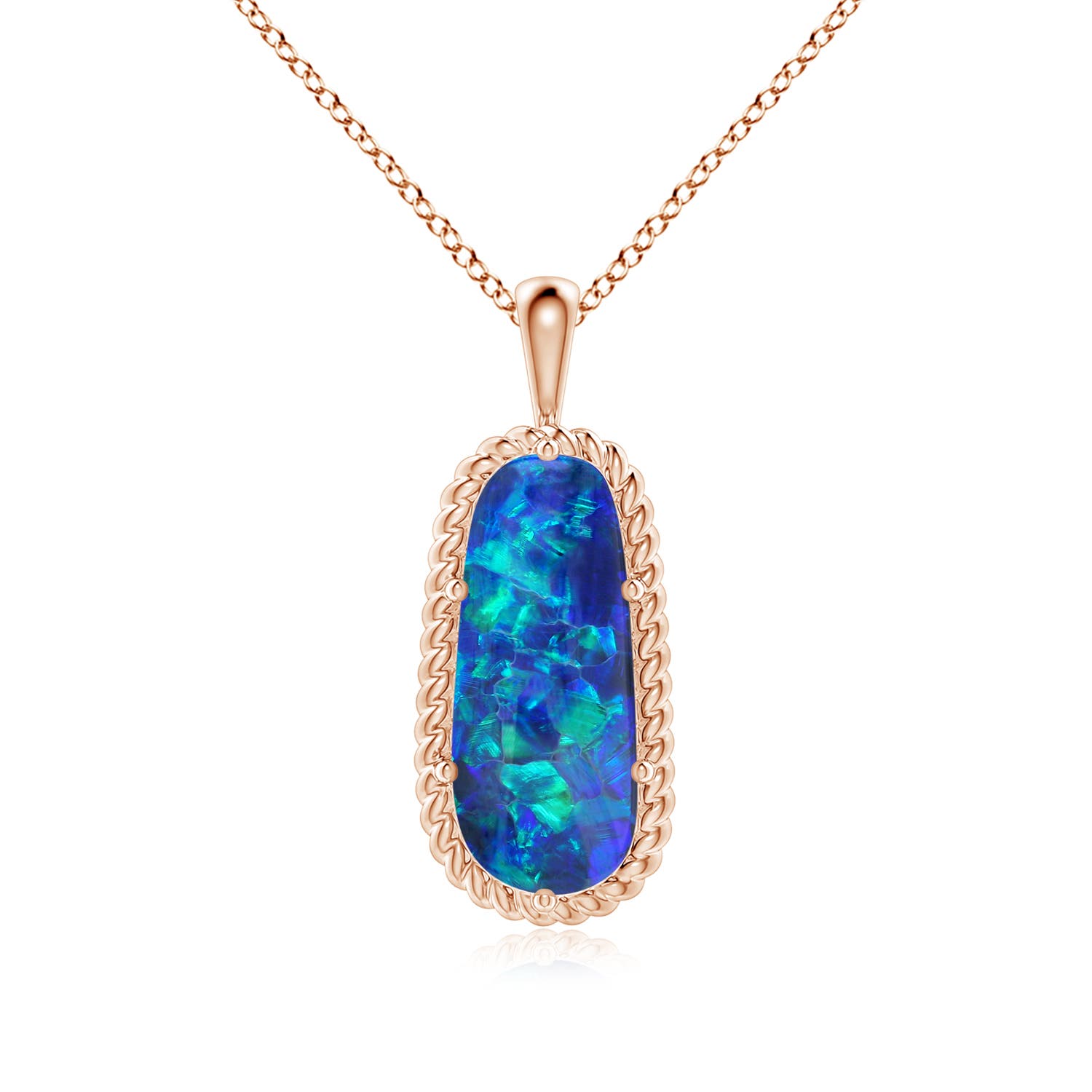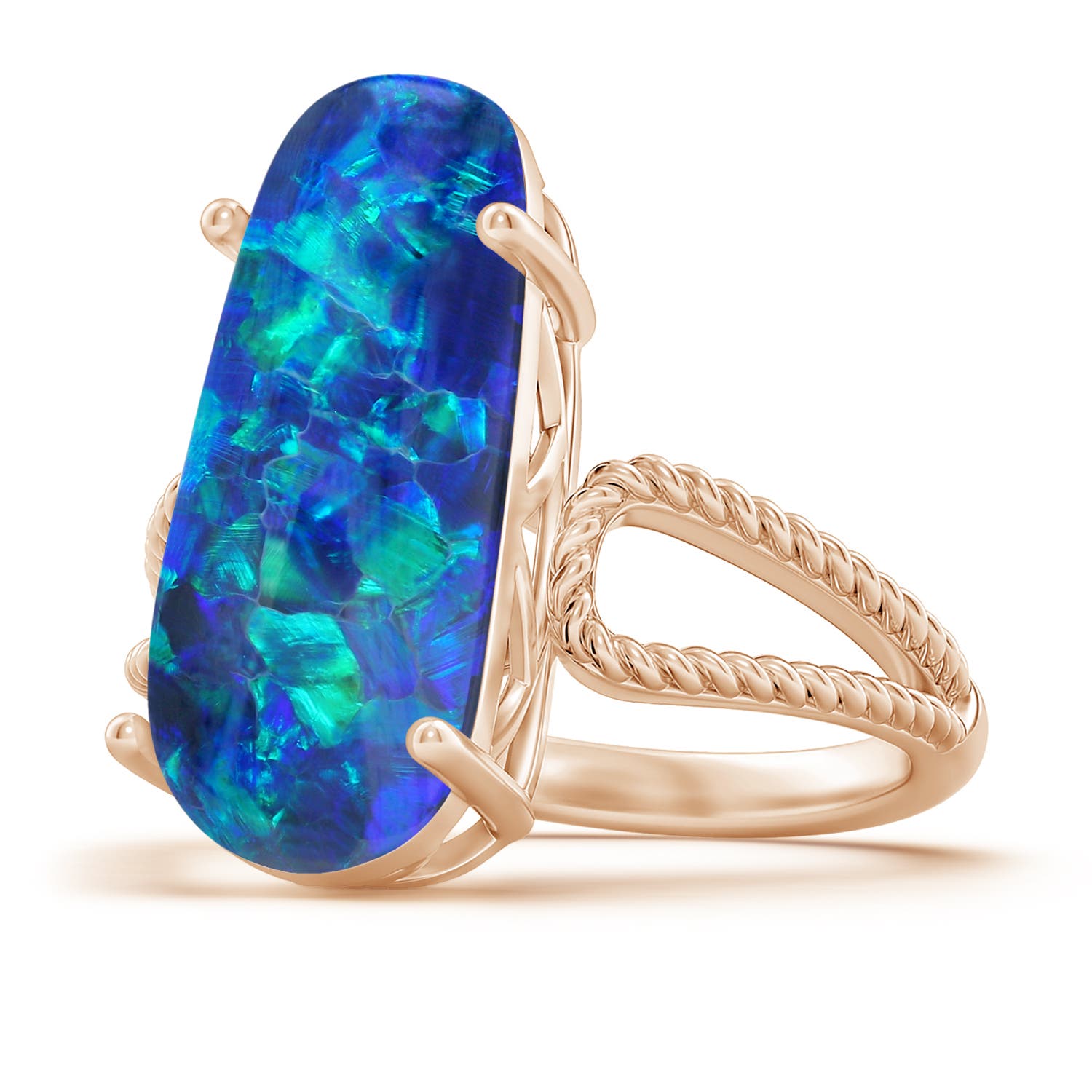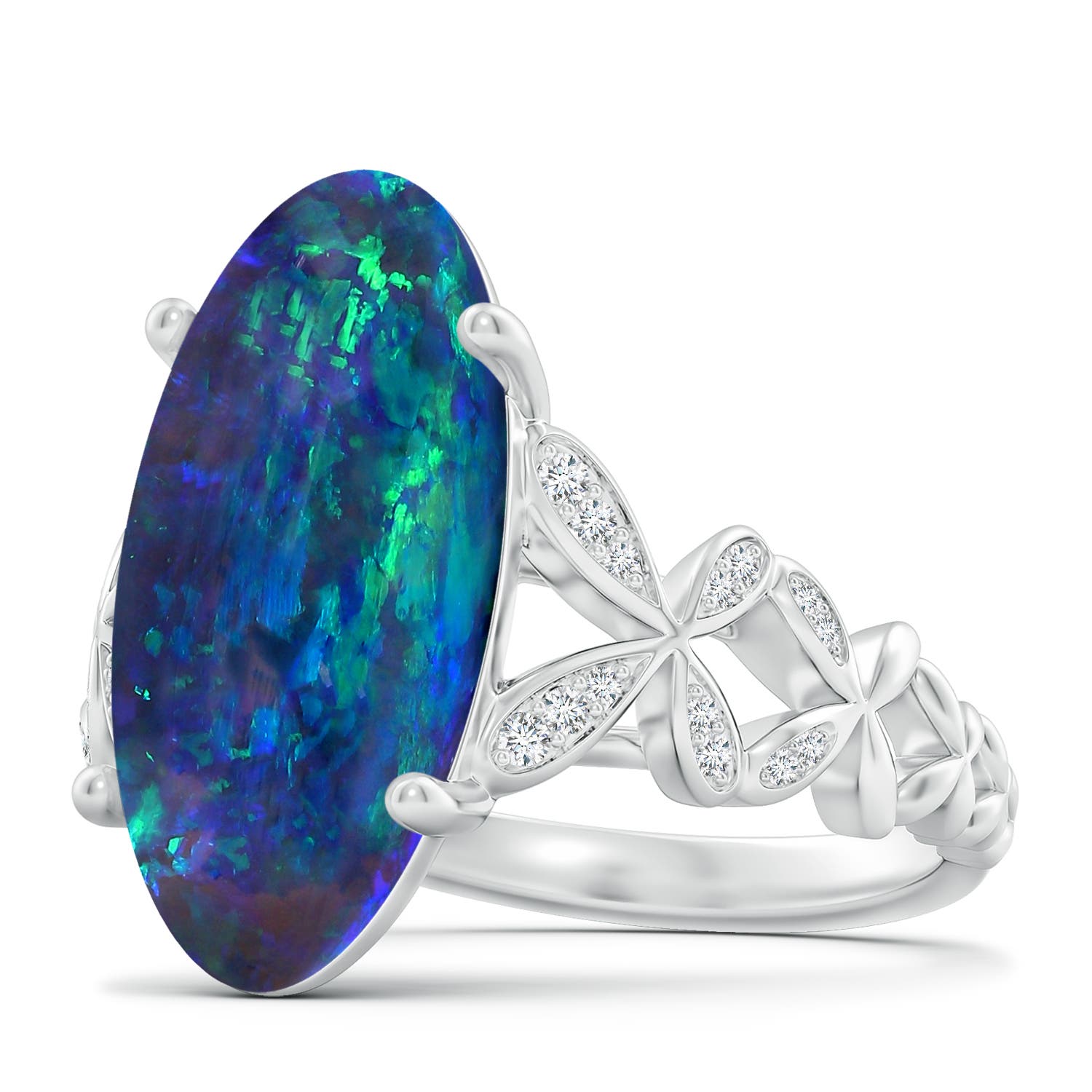Imagine this: You’re traipsing through the mountainous terrains of northern Ethiopia, taking in the breathtaking vistas, when you stumble upon the majestic Ethiopian opal. Needless to say, you’re captivated immediately – After all, nothing beats this gem’s play-of-color!
But wait, are its looks the only thing that distinguish this type of opal, also called Welo opal, from the rest? Scroll on to find out!
What Is Welo Opal?

Ethiopian Welo opals are like the quirky, unpredictable cousin of the opal stone family. You know, the one who always keeps you on your toes, surprising you with their ever-shifting moods and enigmatic charm. These delightful gems hail from the mountainous terrains of northern Ethiopia, specifically the Wollo Province.
Unlike their more established cousins that form deep underground, Ethiopian opals choose to take shape high up in the mountains, thanks to some volcanic shenanigans. What’s more, when they finally emerge, they do so in a manner different from the typical neatly structured seam-formed opals. By that we mean that they appear in curious, lump-shaped balls.
Did You Know?
One of the standout features of the Ethiopian opal is its hydrophane nature. These opals are like the sponges of the gem world. They have porous surfaces that eagerly soak up water, which, believe it or not, turns these otherwise opaque to translucent stones transparent! It’s almost like they’re playing a game of hide-and-seek with the observer; revealing their inner beauty when submerged in water.
Of course, the spectacular nature of the gemstone does not end here. In addition to their cool abilities, these stones feature a mesmerizing optical illusion called play-of-color that’s designed to win over even the toughest critics. Better still, they don’t limit themselves to a monotonous routine. Instead, their optical illusion can be found in an array of colors and patterns, ranging from the Welo Broad Flash to the enchanting Fire Cloud. But the pièce de résistance here is the honeycomb pattern – an exclusive creation of the Ethiopian opal.
What Colors Do They Come in You Ask?
Well, the Ethiopian opal color scale features a kaleidoscope of solid hues that range from elegant black to romantic pink and dreamy blue.
Now before you go out to fetch yourself a piece, remember that these gems register a 5.5-6.5 rating on the Mohs scale of mineral hardness. In other words, they’re not the toughest cookies in the gem jar, so you’ll need to handle them with a touch of TLC. But hey, sometimes it’s the quirks that make something truly endearing.
What Are the Different Types of Ethiopian Opals?

In the land of Ethiopian opals, it’s not just their play-of-color that has an astonishing palette… These gems are a whole spectrum unto themselves. Let’s take a look at the key players:
1. Precious Ethiopian Fire Opal
Found in the Wollo Province, these opals are as abundant as dad jokes at a family reunion. They’re translucent, with body colors that can range from fiery red to orange and yellow. That’s not all, they also exhibit play-of-color that can put even the most extravagant fireworks to shame, with vibrant purple and green flashes stealing the show.
2. Black Ethiopian Opal
These opals are as rare as a unicorn reading a newspaper. You can find them in the Stayish mine of the Wollo Province. It’s worth noting here that while they can be naturally black, many of these gemstones are treated to get their signature hue.
3. Shewa or Mezezo Opal
The first type of opals discovered in the Shewa province, these stones typically sport a reddish-brown, orange or chocolate-brown body color (which in our opinion makes them perfect for a fall fashion statement). However, they come with a quirky problem – crazing, which is basically fancy speak for opals developing web-like cracks when they dry.
4. White Precious Opal
These opals are the embodiment of elegance. With a white body tone, dazzling play-of-color and better stability than the Shewa opals, they’re like the James Bond of gemstones. You can usually spot them near Wegel Tena, quietly sipping their martinis and keeping a close eye on their dazzling neighbors.
Believe it or not, these examples barely scratch the surface, as the variety of body colors and patterns in opals is as extensive as a dessert menu in a five-star restaurant.
Ethiopian Opal History: From Caveman Chic to Welo Wow

In a plot twist worthy of a Hollywood blockbuster, Ethiopian opals were only found a few decades ago. But that wasn’t the first time man ever laid eyes on them. Intriguingly, the oldest opals found in a Kenyan cave, dating back to around 4000 BC, were likely Ethiopian opals! Anthropologists believe that even our cave-dwelling ancestors had a taste for these shiny beauties, using them to make tools.
Fast forward to 1994, when miners stumbled upon the first Ethiopian opal deposit in the Shewa province. These precious opals were nestled inside volcanic rock nodules, flaunting brown, reddish-brown and orange hues.
In 2008, a gemological plot twist occurred when miners discovered a second deposit in the Wollo province near Wegel Tena. These ‘Welo opals,’ with their relatively higher durability and expansive range of hues, turned the game around.
The final major discovery in 2013 took place at the Stayish mine in the Wollo province. Some of the specimens were white or crystal opals, but the majority were black or dark gray opals, adding a twist to the gemstone saga.
Ethiopian Opal Symbolism: What Does the Stone Stand for Today?

Many believe that Ethiopian opals represent hope and inspiration. Apart from this, some believe that the mesmerizing play of colors within these stones symbolizes the many facets of life and the countless possibilities it holds. It’s like having a kaleidoscope in your pocket, constantly reminding you to embrace the endless creativity and imagination that the world has to offer.
So, there you have it, folks! Ethiopian opal – the quirky, water-loving, party-throwing gemstone that’s here to add a little pizzazz to your opal jewelry collection. Whether you’re a gem enthusiast or just looking for that perfect conversation starter, this gem has got you covered. Now go out there, get yourself a piece of the action and let the opal party begin!
In the market for the kind of opal that grows underground? Look no further than our opal jewelry collection. From eye-catching opal necklaces and opal bracelets to jaw-dropping opal earrings and opal rings, we’ve got everything you need to make a statement.
Besides this, our collection has several opal engagement rings and opal wedding rings. So, if you’re looking for the perfect piece to pop the question or tie the knot with, you know which collection to check out.
Also Read

























